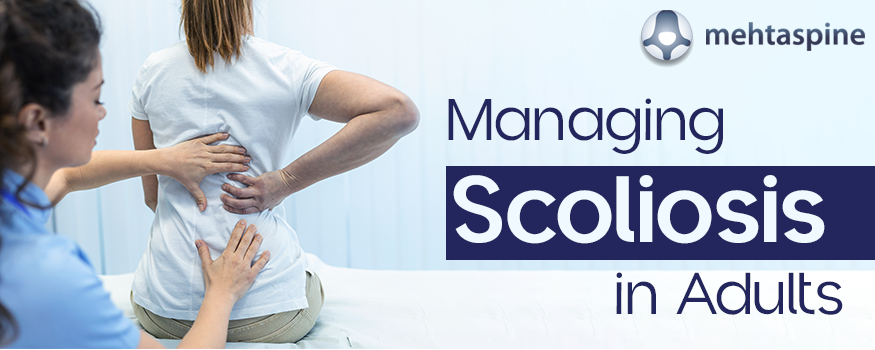Managing Scoliosis in Adults
Back pain is the ultimate unbeatable problem for adults these days. The culprit is Scoliosis, which occurs when the spine curves from side to side, causing such pain. Ideally, this is an ailment associated with children who usually grew up wearing plastic, such as a plastic brace.
However, the trend has shifted because even the adult population has become victims of this problem. The only difference is that the treatment for an adult varies from children. Continue reading to learn more about this disease and how to mitigate it before ending up in complications.
What Kind of Ailment is Adult Scoliosis?
Scoliosis is an abnormal curvature of the spine. Generally, all humans have a natural curve in their spine. However, patients with scoliosis have a side-to-side bent spine with an unnatural “S” or “C” shape. These curves are beyond the 20-25 degrees standard curves. Most cases are curable; however, severe ones require braces or surgery. Moreover, they occur in different types, such as:
- Idiopathic scoliosis: This is the most prevalent type with unknown causes. Many studies have not proven that this is a hereditary disease.
- Congenital scoliosis:This spine abnormality occurs in rare situations and is usually detected during birth. It happens when the vertebrae are not appropriately formed during embryonic development.
- Neuromuscular scoliosis: This arises when the nerves and muscles do not properly support the spine in cases when there is an injury, spina bifida, muscular dystrophy, or cerebral palsy.
The chances of getting scoliosis can be 2% around the world. Sometimes, people grow up having this issue in them. However, it reveals itself as the body ages when an individual loses bone density and experiences weak and loose joints.
How is Adult Scoliosis Treated?
With medical technology today, adults with scoliosis can undergo two types of treatment such as:
Surgery: Most doctors performing scoliosis surgery in uk think of spinal fusion as the first surgery to rectify it. The procedure involves fusing the spine with substitutes or bone grafts to hold it vertically without bends. They also use this procedure in different surgeries, such as:
- Decompression Fusion:After completing the fusion, the tissue or nerves that pressure the spine are removed. Surgeons implement this step for mild scoliosis. However, they also perform this step to relieve spinal stenosis (leg pain) symptoms.
- Surgical stabilization: For severe cases, rods and screws are attached to the spine and kept compact with the help of metal rods after completing the fusion.
- Osteotomy:This surgery involves slicing a bone from the spine so that it can be bent easily to the desired shape and then fused back into place. These extreme measures are carried out when the deformity requires correction beyond the screws and rods.
- Vertebral Column Resection:This surgery involves removing a hunk of vertebrae and then realigning the spine by osteotomy and fusion. It is a complicated procedure performed in severe cases.
Non-Surgical Interventions
For many adults, scoliosis can be avoided without surgery just by using these treatments.
- Painkillers: This treatment provides pain relief for scoliosis in adults. Almost all pharmacies sell such tablets without a prescription. However, to avoid further complications, the best way is to consult a physician before taking the dose.
- Exercise: Performing activities that stretch and strengthen the spine is a way-to-go method to treat adult scoliosis. Additionally, you can benefit from shedding some weight that strains your back. The type of exercise doesn’t matter, but how much you keep your back moving matters the most. Many go for physiotherapy for learning exercises. However, they might help lower the pain but not the curvature.
- Spinal Injections: Sometimes, scoliosis affects the nerves surrounding the spine, causing pain, tingling sensation, and numbness in the lower back and right to the feet. In those cases, local anesthetic and steroid injections can help for a few weeks or months but are not long-term solutions.
- Back Braces: Though these are not popularly used for adults, they help support the spine and relieve the pain. They are considered the best alternatives for surgery for those not up to the standards of undergoing an operation.
Conclusion
Maintaining the right posture can keep this ailment at bay. If you wish to discuss this with a doctor, book a slot in Mehta Spine to get yourself treated for healthy living in no time!


